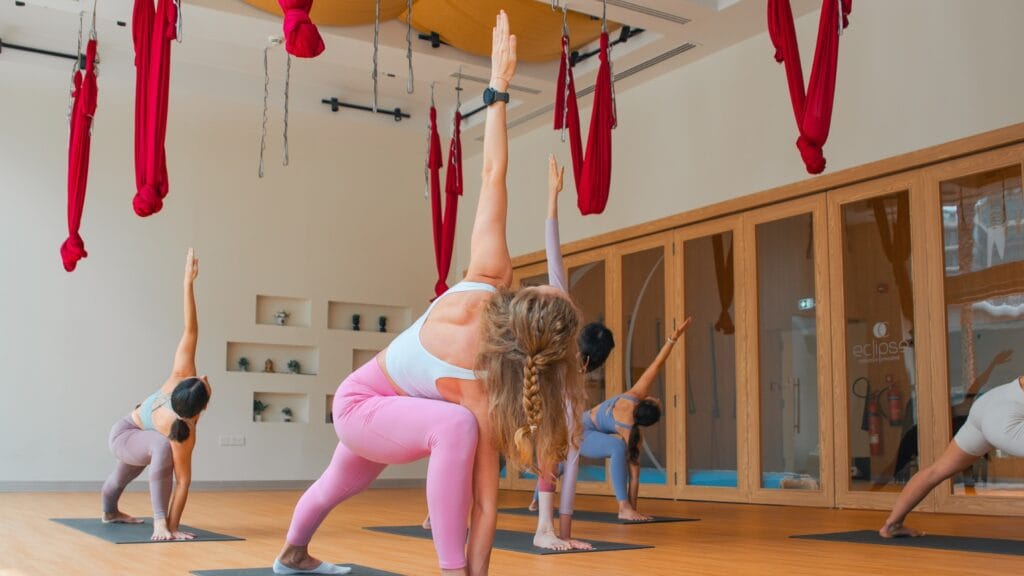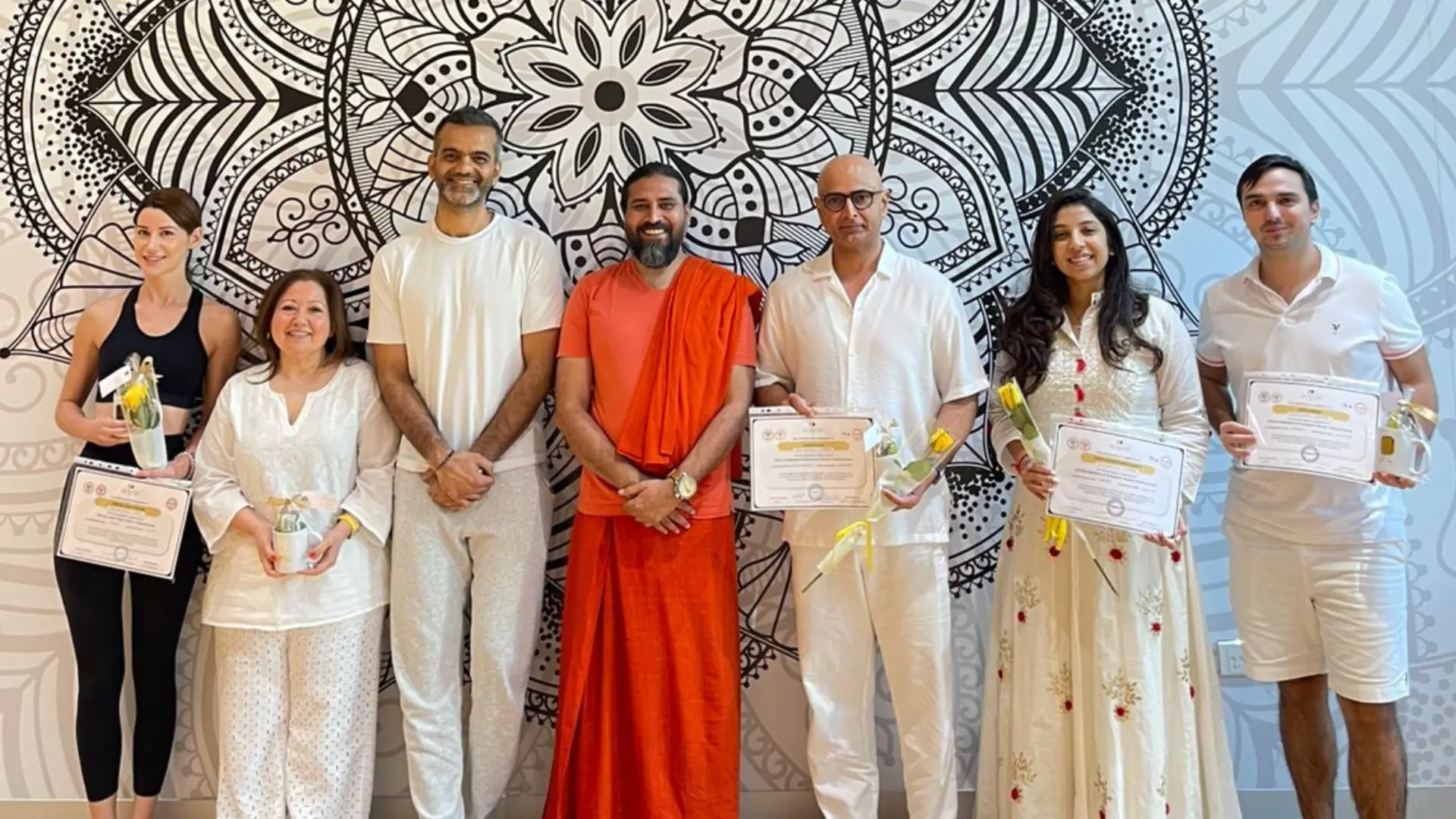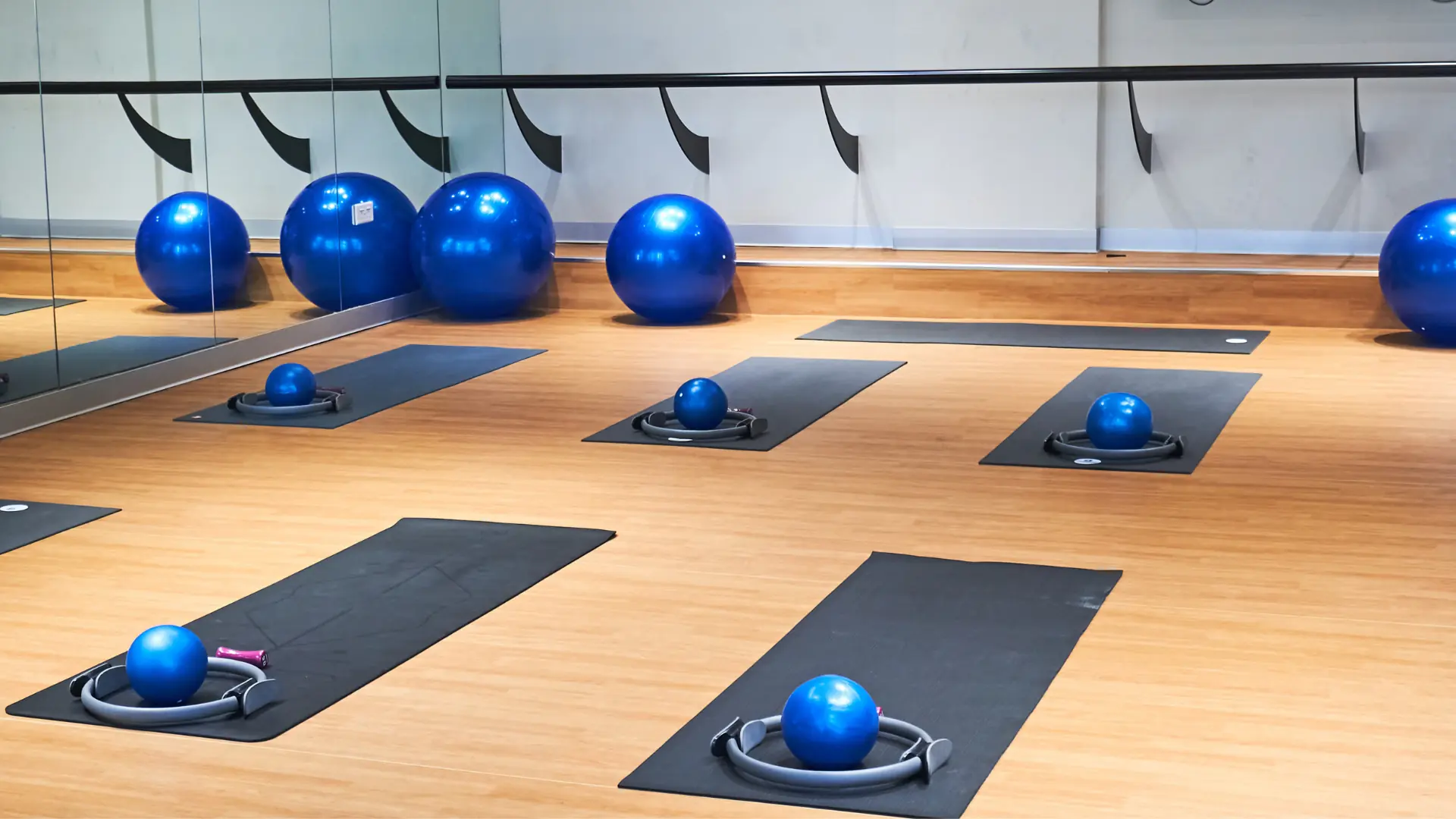It is my guess that most yoga practitioners prioritize stretching over strengthening in asana practice. This is especially true in yoga hubs like yoga classes in Dubai, where stretching seems to dominate the focus. Therefore, yoga settings often reveal a culture of overstretching and undervaluing strength. Take a look at how many students attend stretching classes compared to strength sessions.
“There is something appealing and pleasant about the pain associated with expanding range of motion compared to the pain associated with overstraining tissues due to bearing weights. When we’re in pain, we usually assume that we need to stretch the tight area, when that’s not always the case. You might feel tight if your muscles are weak.”
This trend is common even in the best yoga classes in Dubai, where visual aspects of asanas often look more favorable for stretching. Watching someone in a deep backbend, for instance, is highly satisfying. In contrast, we may feel slightly bored while watching someone do the hundredth squat.
Thus, I wondered how to make strengthening more attractive in a stretch-dominated environment, including in popular areas like yoga classes in Marina. An opportunity comes from focusing on emotions.
It is unquestionable that the body and mind are connected. A yoga practice such as breathwork, interoception, or awareness is intended to strengthen this connection. As we lengthen an exhalation, our muscles relax. A few rounds of sun salutations usually leave us feeling more energized. The practice of seated asanas promotes calmness and stability. It is undeniable that physical practices have an impact on our mental health.
In light of the above reasoning, can strength training increase our self-esteem? There is no doubt that the answer is ‘yes’!
Our inner power lies in our muscles. They are unique because they can contract on demand, generating forces and bearing loads. As a result, we are able to move safely, with joint stability, and with control. What about the mind?
We often comfort someone who is experiencing a difficult situation by saying: Stay strong! Keep pushing! Hang in there. These terms would work just as well as instructions from a personal trainer.
Being strong in a mind-related context means being able to face risks with increased inner strength. A strong body makes it easier for the mind to follow. Strength feeds self-confidence and self-efficacy. Thus, yoga practitioners in places like yoga classes in Dubai who do not engage in strength training for muscle building can focus on it for resilience.
However, how much strength is enough? As an example, the nervous system instructs skeletal muscles to be partially contracted almost all the time in order to maintain proper posture and move. We call these muscles toned. When strength training is not combined with relaxation and mobilization, we can end up with chronic muscle tension. They are too toned, and that isn’t beneficial. Muscle tension affects emotions, thoughts, quality movement, and body language. Take a moment to think about it. This question might help you – have you ever seen a bodybuilder on a yoga mat?
Strength training has many other benefits worth considering. As muscles burn glucose when exercising, bearing weights has a positive effect on metabolism and may help prevent diabetes. Increased muscle tissue decreases inflammation. And as bones remodel themselves to the forces they get, we can stop developing osteoporosis as we age.
Whether you’re attending yoga classes in Marina or anywhere in the city, consider combining strength training with stretching for a balanced practice. Therefore, start and keep pushing!




